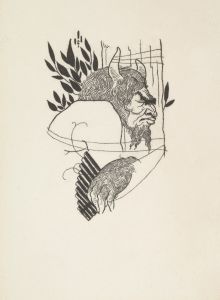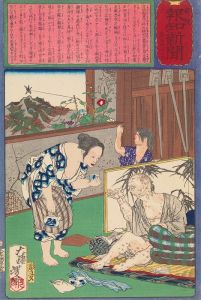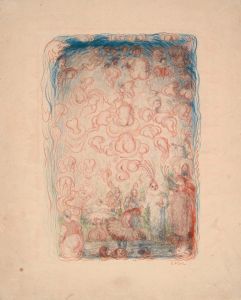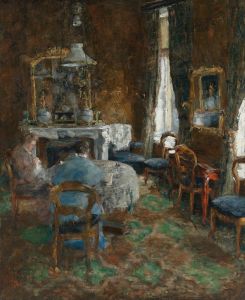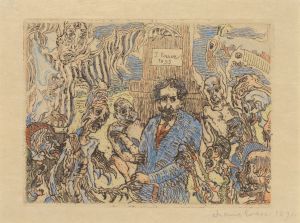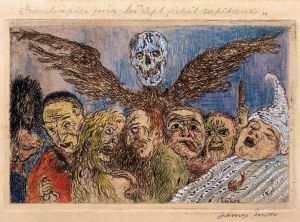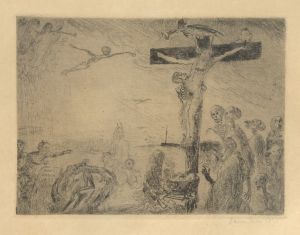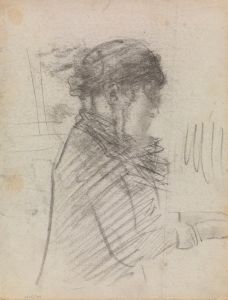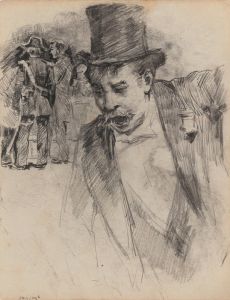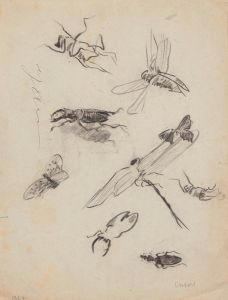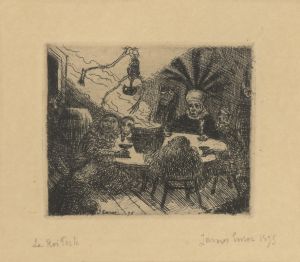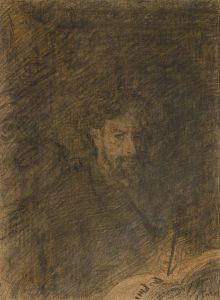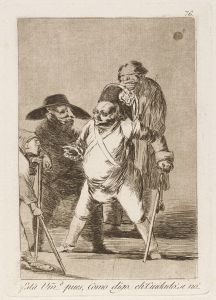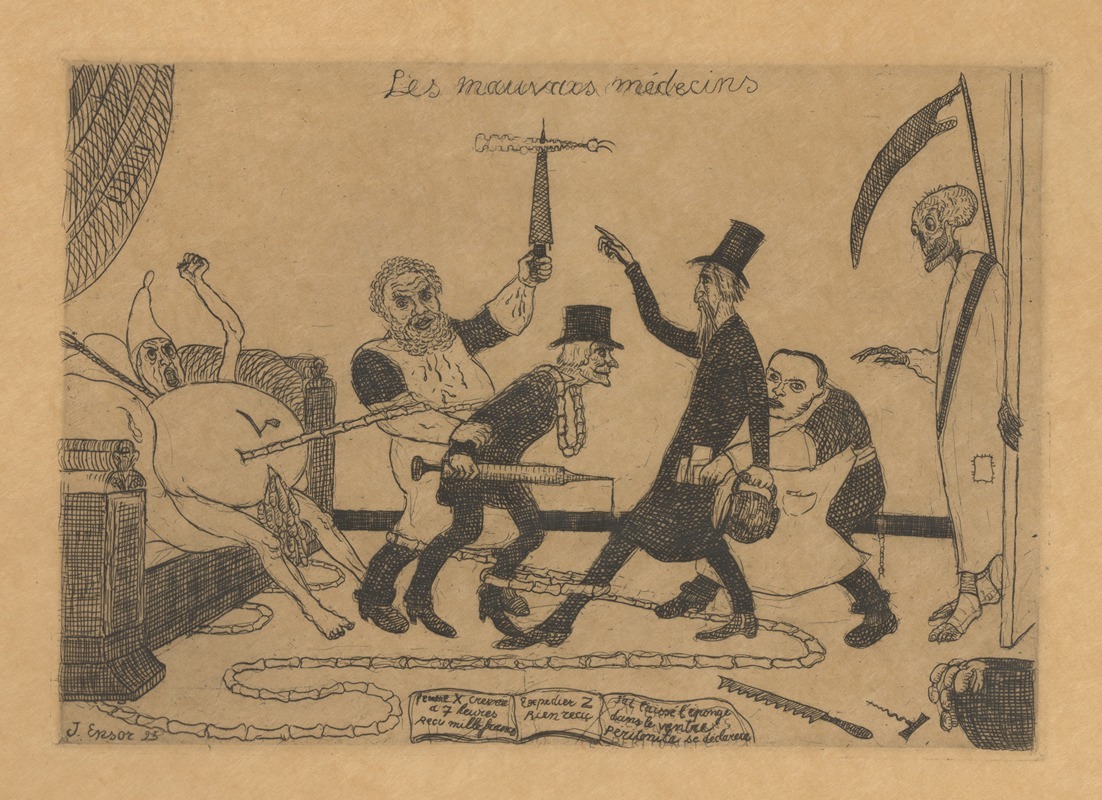
De slechte geneesheren
A hand-painted replica of James Ensor’s masterpiece De slechte geneesheren, meticulously crafted by professional artists to capture the true essence of the original. Each piece is created with museum-quality canvas and rare mineral pigments, carefully painted by experienced artists with delicate brushstrokes and rich, layered colors to perfectly recreate the texture of the original artwork. Unlike machine-printed reproductions, this hand-painted version brings the painting to life, infused with the artist’s emotions and skill in every stroke. Whether for personal collection or home decoration, it instantly elevates the artistic atmosphere of any space.
"De slechte geneesheren" (The Bad Doctors) is a painting by the Belgian artist James Ensor, created in 1892. Ensor, born in 1860 in Ostend, Belgium, was a prominent figure in the Symbolist movement and is known for his unique and often provocative style. His works frequently explore themes of death, masks, and the grotesque, reflecting his critical view of society and its institutions.
"The Bad Doctors" is a striking example of Ensor's critical approach to societal issues. The painting depicts a group of doctors surrounding a patient, who appears to be in distress. The doctors are portrayed with exaggerated, almost caricature-like features, emphasizing their incompetence and indifference. This portrayal aligns with Ensor's broader critique of the medical profession and other authoritative figures, whom he often depicted as corrupt or inept.
The composition of the painting is chaotic and crowded, with the doctors' faces looming over the patient, creating a sense of claustrophobia and tension. Ensor's use of color is bold and expressive, with stark contrasts that heighten the emotional impact of the scene. The patient, lying in the center of the composition, is rendered in pale, almost ghostly tones, emphasizing their vulnerability and suffering.
Ensor's choice of subject matter in "The Bad Doctors" reflects his personal experiences and observations. He was known for his disdain for the medical profession, which he believed was often more interested in profit than in genuinely helping patients. This skepticism is evident in the way he portrays the doctors in the painting, with their grotesque features and apparent lack of empathy.
The painting is also notable for its technical execution. Ensor was a master of both oil painting and printmaking, and his skill is evident in the detailed rendering of the figures and the dynamic composition. The brushwork is loose and expressive, adding to the sense of urgency and chaos in the scene.
"The Bad Doctors" is part of Ensor's broader body of work that critiques societal norms and institutions. His paintings often feature masks, skeletons, and other macabre elements, reflecting his fascination with death and the darker aspects of human nature. Ensor's work was influential in the development of modern art, particularly in its exploration of psychological and existential themes.
Today, "The Bad Doctors" is recognized as an important work in Ensor's oeuvre and a significant example of Symbolist art. It is held in high regard for its bold critique of the medical profession and its powerful, emotive style. The painting is housed in the Royal Museum of Fine Arts in Antwerp, Belgium, where it continues to be studied and appreciated by art historians and the public alike.
In summary, "De slechte geneesheren" by James Ensor is a compelling and critical portrayal of the medical profession, executed with the artist's characteristic boldness and technical skill. It remains a significant work in the history of modern art, reflecting Ensor's unique vision and his critical perspective on society.





